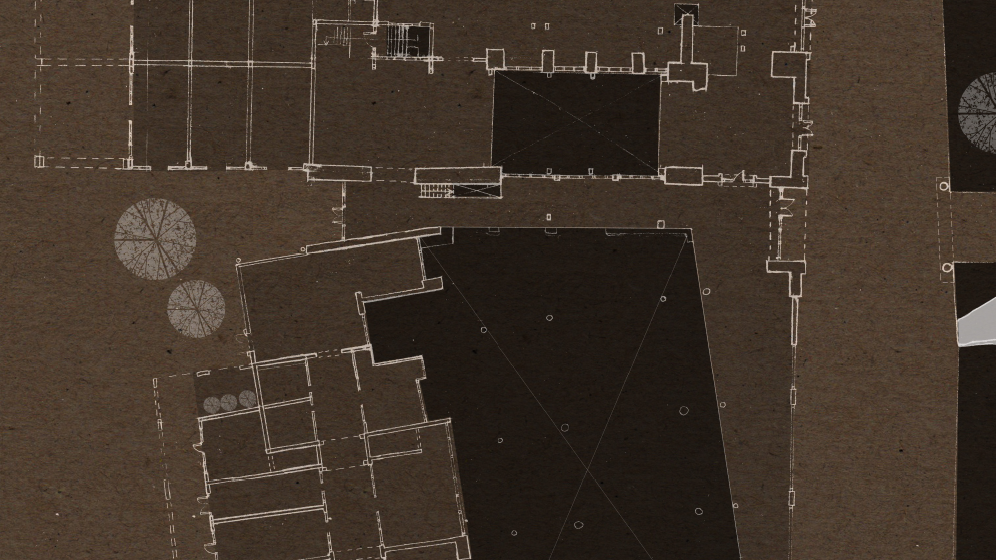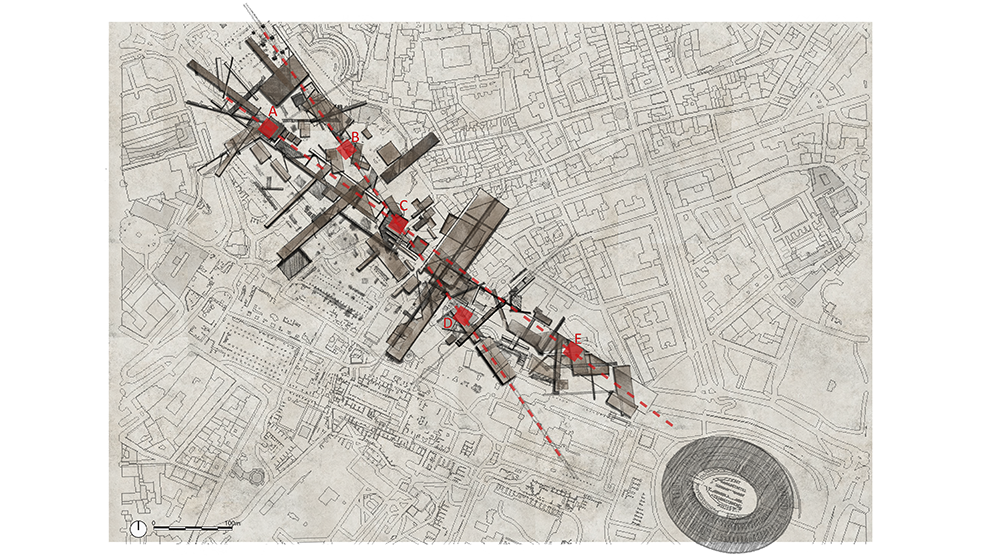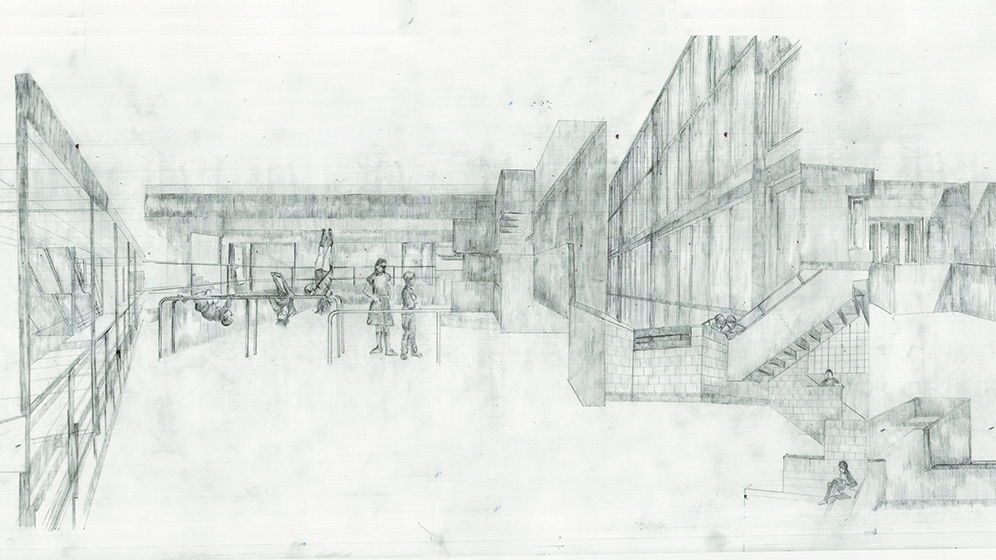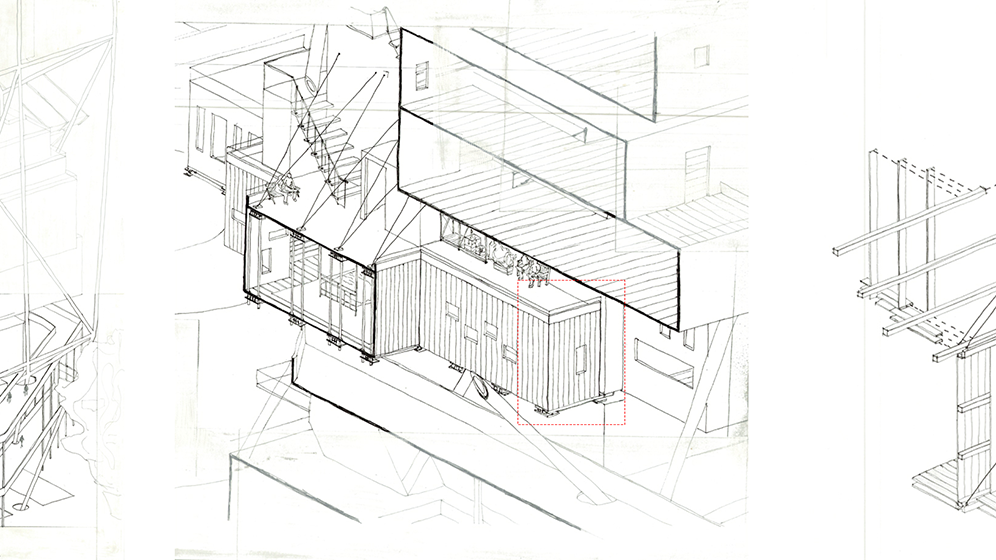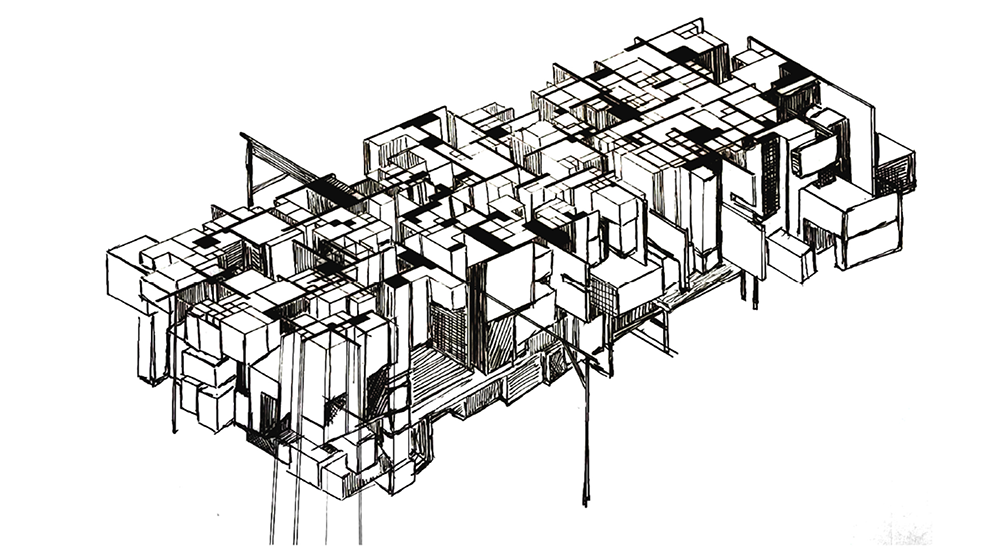Reconstructing Architecture: Inventing Anarchist Spatial Practises
Studio led by Nathaniel Coleman and David Boyd in 2022 - 2023
The Reconstructing vertical studio rejects neo-avant-garde conceits that architecture is in the drawing alone with building an irrelevance. Instead, articulating the multiple dimensions of design projects is central, including emphasising the complexity of construction. Students are challenged to close gaps between conception and production, thereby recuperating architecture as building, with use the test.
Reconstructing architecture entails remapping the neo-avant-garde (as the only game in town); exceeding its dalliances with bricolage by embracing DIY, aligned with anarchist practises. Anarchism responds to the daily failures of capitalist realist imaginaries by articulating a pragmatics according to which being realistic entails working toward the impossible. DIY methods, including reuse and repurposing (not endless resource exploitation), respond directly to climate crisis; suggesting approaches to architectural composition and building construction informed by Morris’, Buber’s, and Ward’s reflections on anarchism and architecture, starting with Junk Playgrounds.
In the Reconstructing studio, anarchism as a theory of organisation, including of spatial practises and building process, is informed by:
- Understanding & remapping architectural neo-avant-gardes.
- Reflections on autonomy myths of Italian Fascist (Rationalist) architecture as foundational for architectural neo-avant-gardes.
- Inventing anarchist spatial practises as an aim of the design theory research in the studio.
- Beginning with Utopia, anarchist spatial practises are invented through continuous experimentation.
- Reconstructing architecture through anarchist spatial practises (emphasising use), including by intensifying tensions between architect desires for artistic autonomy and the burdens of use.
In the spirit of anarchist social & spatial organisation, students challenge the brief; emphasising parts of it, rejecting others. As generative, not instrumental, the brief accommodates myriad sorts of architectural invention. While some students examined most of the topics outlined in the brief, all attended to at least a few — DIY & Spolia investigations for example. Happily, students largely rose to the challenge of open-ended iterative processes of continuous experimentation.
Studio tutors: Dr Nathaniel Coleman and David Boyd

